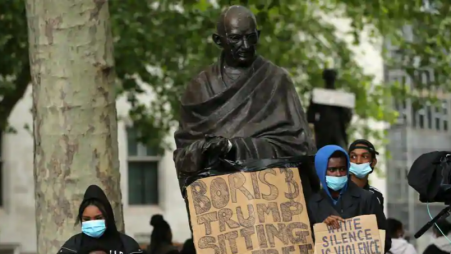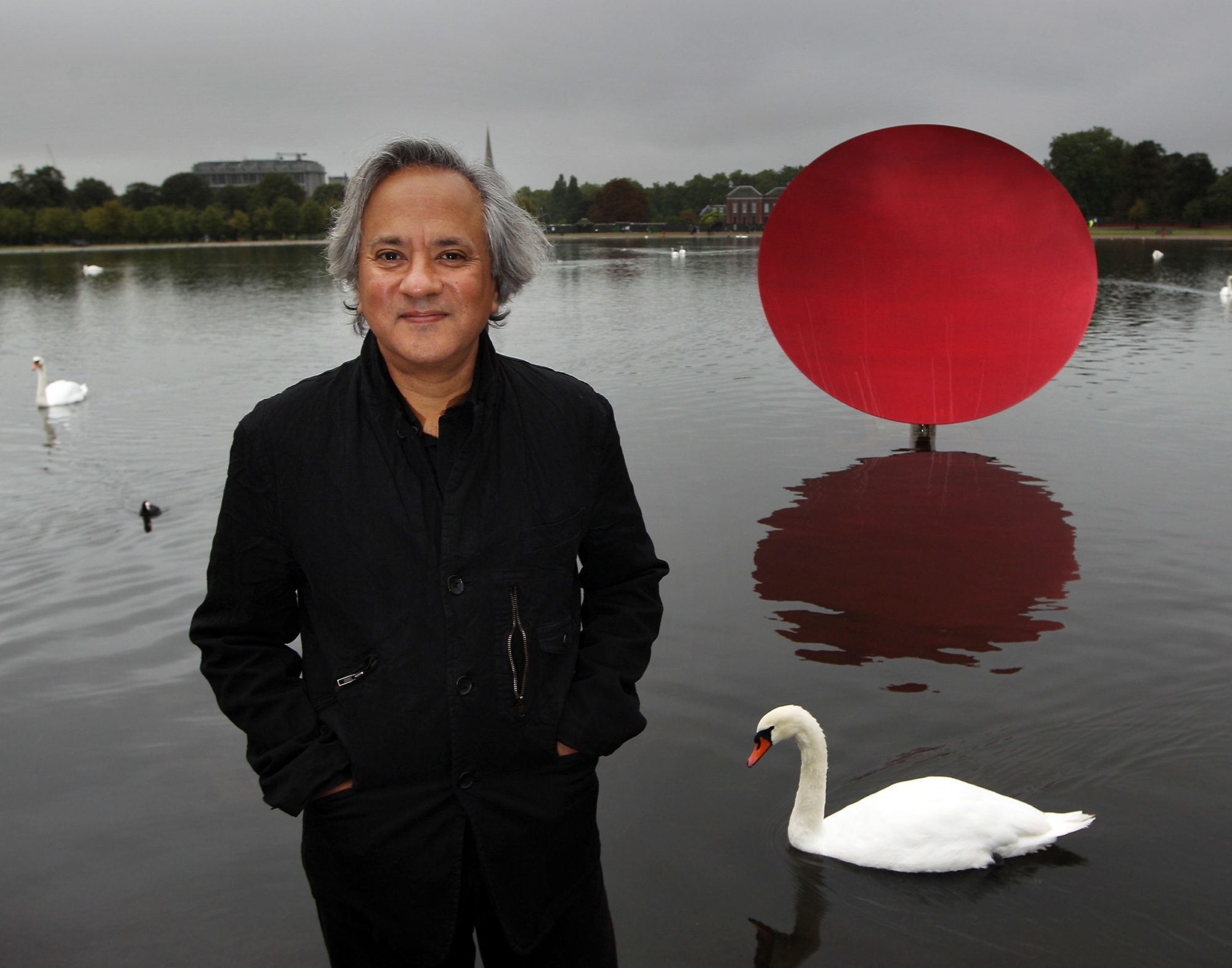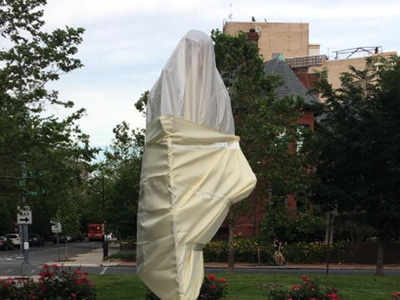 With the growing calls for equality and tackling racism spearheaded by the Black Lives Matter Movement, the Indian independence leader Mahatma Gandhi soon became the target. His statue stands in Parliament Square in London, near that to Winston Churchill.
With the growing calls for equality and tackling racism spearheaded by the Black Lives Matter Movement, the Indian independence leader Mahatma Gandhi soon became the target. His statue stands in Parliament Square in London, near that to Winston Churchill.
The latter has also become the target of protests. Churchill’s racist views are well-known, especially towards people of colour. Indeed he referred to Gandhi as a “half-naked fakir” and had special animus towards Hindus. It is perhaps poetic justice that both now share the same vicinity outside the very legislative body that ran India and the empire.
That empire included South Africa, where Churchill escaped from captivity in the Boer War and Gandhi received his political baptism – thrown out of a first-class train carriage for being the wrong colour. That was a point on which both Churchill and his Boer captives would no doubt agree.
Gandhi the Aryan
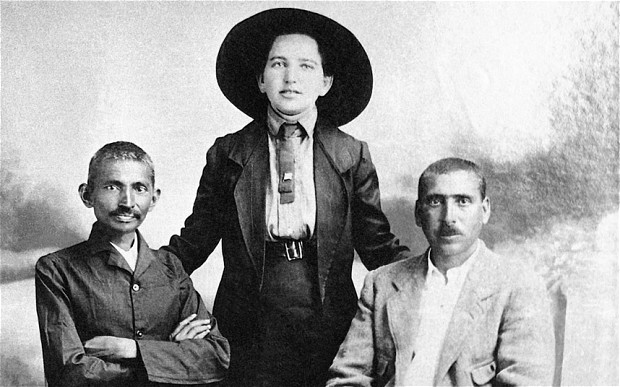 This year an online petition accuses Mahatma Gandhi of being “a fascist, racist and sexual predator” and for his statue to be removed from Leicester. Gandhi started his political life while working in South Africa. In 1893, he wrote to the Natal parliament saying that a “general belief seems to prevail in the Colony that the Indians are a little better, if at all, than savages or the Natives of Africa”. He took great exception to Indians being classified along with Africans by the ruling whites. In London’s Parliament Square, the Gandhi Statue received an attack of white paint and ‘racist’ written on its steps. In Washington DC, there was more serious damage and the statue had to be covered up.
This year an online petition accuses Mahatma Gandhi of being “a fascist, racist and sexual predator” and for his statue to be removed from Leicester. Gandhi started his political life while working in South Africa. In 1893, he wrote to the Natal parliament saying that a “general belief seems to prevail in the Colony that the Indians are a little better, if at all, than savages or the Natives of Africa”. He took great exception to Indians being classified along with Africans by the ruling whites. In London’s Parliament Square, the Gandhi Statue received an attack of white paint and ‘racist’ written on its steps. In Washington DC, there was more serious damage and the statue had to be covered up.
 There is no doubt that Gandhi’s views in hindsight would be considered racist. He felt that Indians had an ancient civilisation and so should not be included with blacks. This was a time when racism and eugenics were not just mainstream but seen as progressive. Gandhi imbibed these views which put whites at the top, Indians and Chinese somewhere in the middle, and Africans at the bottom.
There is no doubt that Gandhi’s views in hindsight would be considered racist. He felt that Indians had an ancient civilisation and so should not be included with blacks. This was a time when racism and eugenics were not just mainstream but seen as progressive. Gandhi imbibed these views which put whites at the top, Indians and Chinese somewhere in the middle, and Africans at the bottom.
This model was of course far from neat. Native Australians found themselves called as blacks or even further down, destined to become extinct as part of Darwinist survival of the fittest. Native Americans, Jews and sometimes Italians hovered around the middle. Most noxious of all was the production of invasion myths to justify European colonialism.
 Africa was said to have been civilised by invaded lighter-skinned Hamites who built Great Zimbabwe, became the Tutsis, and the Ashanti. Similarly, India was said to have been invaded by the superior white Aryans who subjugated a black population there. Gandhi was therefore the product of an education system and narrative which took these myths of Aryan race and invasion as fact.
Africa was said to have been civilised by invaded lighter-skinned Hamites who built Great Zimbabwe, became the Tutsis, and the Ashanti. Similarly, India was said to have been invaded by the superior white Aryans who subjugated a black population there. Gandhi was therefore the product of an education system and narrative which took these myths of Aryan race and invasion as fact.
In this, he was hardly alone. In fact, by propagating the very myth of an Aryan race, the Aryan invasion of India, and thereby mixing racial oppression with the issue of the caste system in India, BLM and the Left are propagating the very racism which they claim to be fighting.
In fact, India should be an example because we have a prime minister from a backward caste community and a president who is a Dalit, both from impoverished backgrounds who now lead the world’s largest democracy. And it was India that inspired that great leader of civil rights himself, Martin Luther King.
Civil Rights Eugenics
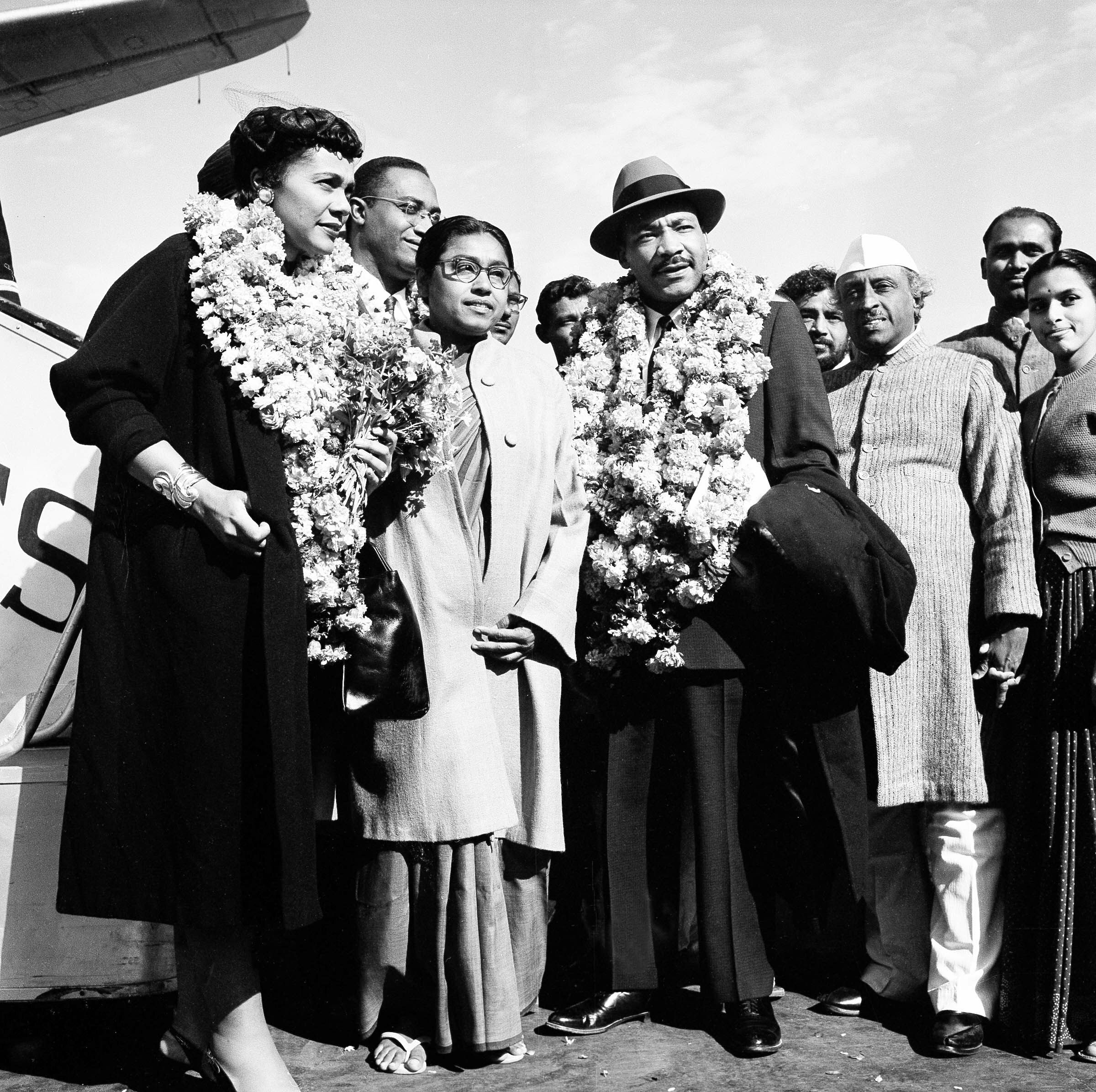 In 1959 Dr Martin Luther King visited India. Before studying Gandhi, King believed that war and even violence was a necessary evil; but he changed his mind, stating in his autobiography:
In 1959 Dr Martin Luther King visited India. Before studying Gandhi, King believed that war and even violence was a necessary evil; but he changed his mind, stating in his autobiography:
“But after reading Gandhi, I saw how utterly mistaken I was. Gandhi was probably the first person in history to lift the love ethic of Jesus above mere interaction between individuals to a powerful and effective social force on a large scale.”
Nelson Mandela said this in the January 3, 2000 issue of TIME magazine:
“The Gandhian influence dominated freedom struggles on the African continent right up to the 1960s because of the power it generated and the unity it forged among the apparently powerless. Nonviolence was the official stance of all major African coalitions, and the South African A.N.C. remained implacably opposed to violence for most of its existence.”
But then how to square this with the present BLM activism that hates Gandhi as a racist, and indeed Gandhi’s own words towards blacks as uncivilized and dirty?
As mentioned, racism was mainstream. It was not just among whites. It was not just with Gandhi. It was with the very embryonic civil rights movement in America itself. WEB Du Bois was a pioneer in combatting racism and advocating for the civil rights of African-Americans, just as segregation, lynching and peonage blighted the lives of the majority of blacks during the late nineteenth and early twentieth centuries.
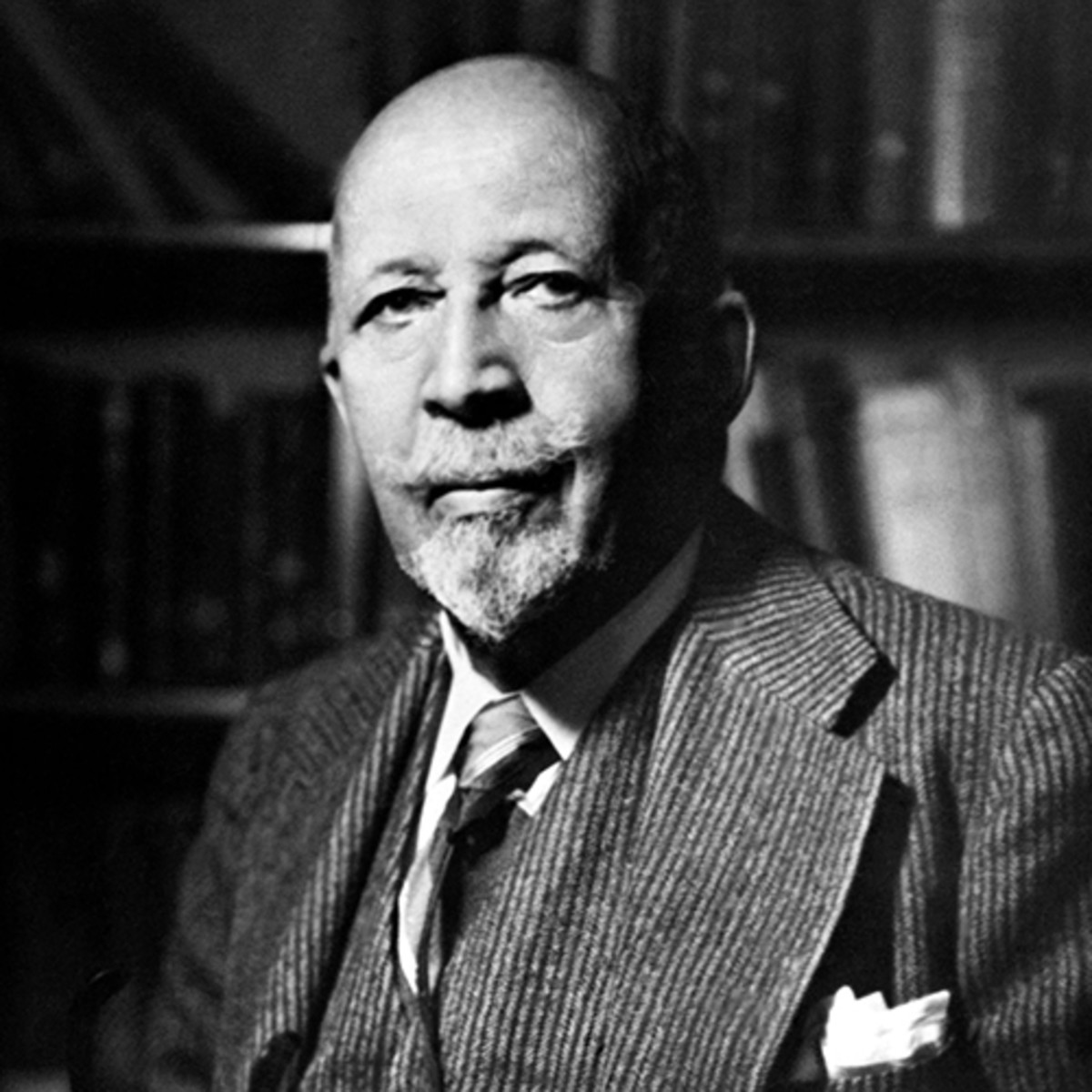 In 1909 he was one of the founding members of the NAACP (National Association for the Advancement of Coloured Peoples). Feeling inspired by this, Indian social reformer and civil rights activist Dr B R Ambedkar contacted Du Bois in the 1940s. In a letter to Du Bois in 1946, he introduced himself as a member of the “Untouchables of India” and “a student of the Negro problem” and expressed his interest in the NAACP’s petition to the U.N.
In 1909 he was one of the founding members of the NAACP (National Association for the Advancement of Coloured Peoples). Feeling inspired by this, Indian social reformer and civil rights activist Dr B R Ambedkar contacted Du Bois in the 1940s. In a letter to Du Bois in 1946, he introduced himself as a member of the “Untouchables of India” and “a student of the Negro problem” and expressed his interest in the NAACP’s petition to the U.N.
He noted that his group was “thinking of following suit”; and requested Du Bois for copies of the proposed statement. In a letter dated July 31, 1946, Du Bois responded by telling Ambedkar he was familiar with his name, and that he had “every sympathy with the Untouchables of India.” Du Bois used his influential role in the NAACP to oppose a variety of racist incidents.
When The Birth of a Nation premiered in 1915, Du Bois and the NAACP led the fight to ban the movie, because of its racist portrayal of blacks and idolisation of the Ku Klux Klan. But Du Bois shared the eugenic views of racist white Progressives.
His Talented Tenth decried how African-Americans had not been bred for intelligence and beauty and that the worst blacks were over breeding. To this extent he supported the “Negro Project” by the racist Margaret Sanger to limit natural reproduction of blacks. He also admired Nazism as a model for economic organisation for African Americans. In 1937 he gave a speech in Harlem which praised what he saw as democracy in Germany under Hitler.
Black Nazis
 In fact when we look at other African-American leaders we also get this rather embarrassing fascist tinge. Marcus Garvey pioneered pride in African roots, culture and race with his UNIA (United Negro Improvement Association). This led to some disturbing ideas and ‘friends’. On 25 June 1922 Marcus Garvey met with the Ku Klux Klan at their head office in Atlanta. Imperial Wizard Edward Young Clarke received Garvey and was sympathetic to his ideas that if America was for whites then Africa should be for blacks. Marcus Garvey also made this remarkable statement in 1922:
In fact when we look at other African-American leaders we also get this rather embarrassing fascist tinge. Marcus Garvey pioneered pride in African roots, culture and race with his UNIA (United Negro Improvement Association). This led to some disturbing ideas and ‘friends’. On 25 June 1922 Marcus Garvey met with the Ku Klux Klan at their head office in Atlanta. Imperial Wizard Edward Young Clarke received Garvey and was sympathetic to his ideas that if America was for whites then Africa should be for blacks. Marcus Garvey also made this remarkable statement in 1922:
“We were the first fascists.”
He admitted sympathy with Mussolini and was known to admire fascism. After Garvey’s expulsion from America in 1927 due to financial irregularities, his ideas remained and a decade later found expression in the Nation of Islam, or Black Muslims, founded in Detroit.
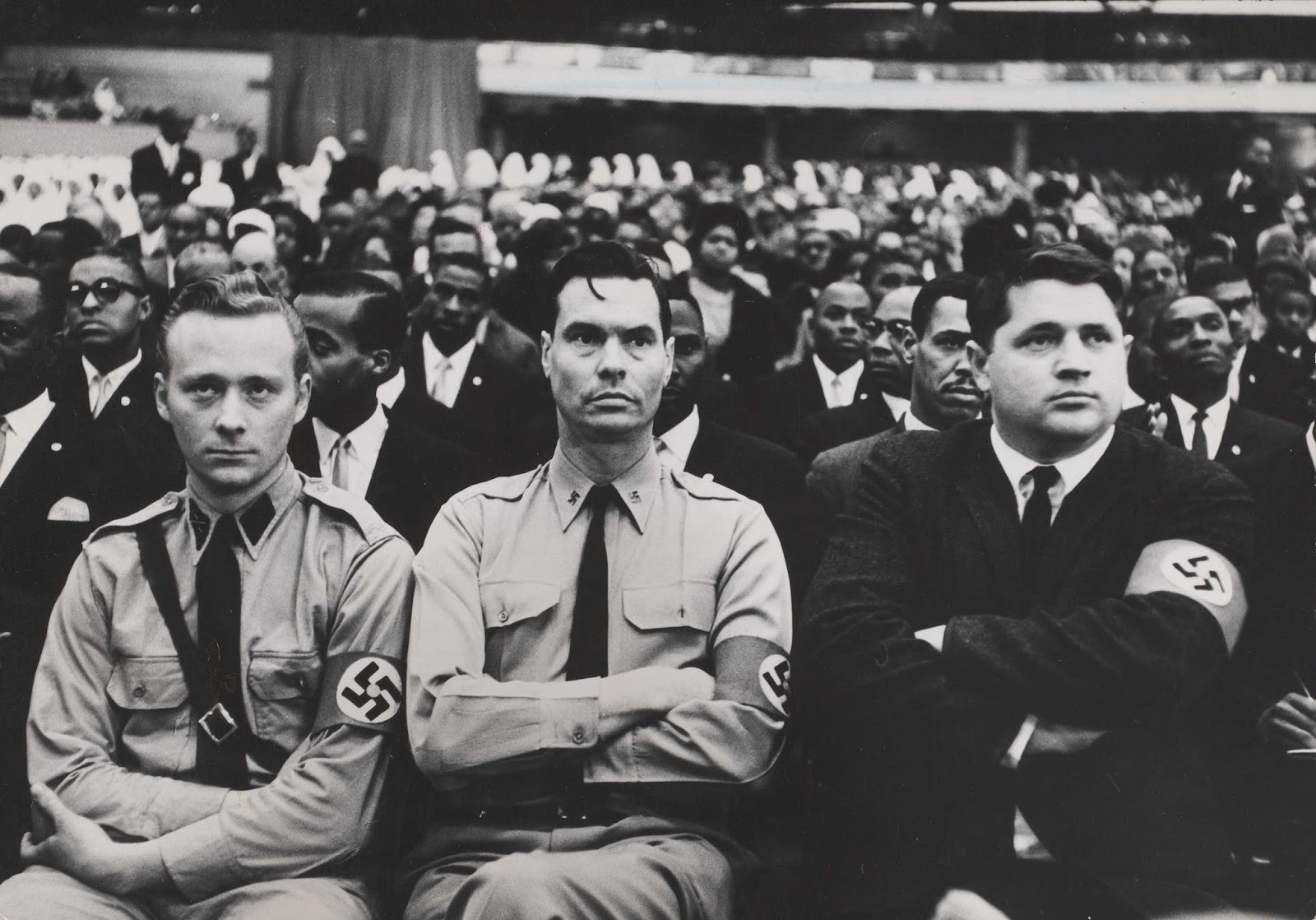 This movement was to flourish under Malcolm X. The quest for a separate homeland for blacks led the movement to seek an alliance with the American Nazi Party. Indeed its leader Lincoln Rockwell appears in a famous photograph at the Nation of Islam convention in Washington DC, in 1961. He was in an audience that was addressed by Malcolm X.
This movement was to flourish under Malcolm X. The quest for a separate homeland for blacks led the movement to seek an alliance with the American Nazi Party. Indeed its leader Lincoln Rockwell appears in a famous photograph at the Nation of Islam convention in Washington DC, in 1961. He was in an audience that was addressed by Malcolm X.
The movement’s leader Elijah Muhammad spoke well of the Nazis in attendance, and the white supremacist and hatemonger reciprocated saying that he considered these African-American allies as black Nazis.
“Can you imagine a rally of the American Nazis in Union Square,” Rockwell later wrote his followers, “protected from Jewish hecklers by a solid phalanx of Elijah Muhammad’s stalwart black stormtroopers?”
Admittedly Malcolm X did break with Rockwell, after he himself left the Nation of Islam after discovering that Elijah Muhammad broke his own puritanical code to father children with his secretaries. On making the pilgrimage to Mecca, Malcolm X was received by Prince Faisal of Saudi Arabia. He praised how on pilgrimage, Muslims of all colours saw no difference with each other.
Yet it was ironic that this now celebrated icon of the revolutionary Left ignored that Saudi Arabia itself had only abolished black slavery in 1962. Indeed it remained and along with other Gulf states has been revamped as the kafala system. This legacy of turning a blind eye has remained with the Left. While BLM highlights racism in UK and USA, it ignores the very real modern slavery and horrific treatment of blacks in the Middle East; notably the 200,000 African migrants locked up in horrific conditions in detention centres in Saudi Arabia.
Gandhi the Palestinian
On 1 July 2020 BLM protestors in New York chanted “Death to Israel” and called for the internationalisation of the Intifada. In the UK, BLM activists condemned the Israeli annexation plan for the West Bank and demanding the right to criticise Zionism.
 On June 6, 500 law students marched in support of BLM from Washington’s State Capitol to the White House and, at one point, one of the organisers recognized the Palestinian flag and shouted “Free Palestine” as he denounced Israeli oppression of Palestinians.
On June 6, 500 law students marched in support of BLM from Washington’s State Capitol to the White House and, at one point, one of the organisers recognized the Palestinian flag and shouted “Free Palestine” as he denounced Israeli oppression of Palestinians.
Taqi Spateen even painted a mural of George Floyd on the Israeli Separation Wall in the city of Bethlehem, in the southern occupied West Bank. Malcolm X one of the first African American leaders to meet with the newly formed Palestine Liberation Organization. To cement his solidarity, he wrote “Zionist Logic,” an article published in The Egyptian Gazette in 1964 which notes the parallels between the subjugation of Palestinians and Africans:
“The ever-scheming European imperialists wisely placed Israel where she could geographically divide the Arab world, infiltrate and sow the seed of dissension among African leaders and also divide the Africans against the Asians.
In this, Malcolm X was following in the footsteps of that very target of the Left and BLM, Mahatma Gandhi. In 1938, the latter wrote:
“Palestine belongs to the Arabs in the same sense that England belongs to the English or France to the French. It is wrong and inhuman to impose the Jews on the Arabs. What is going on in Palestine today cannot be justified by any moral code of conduct. The mandates have no sanction but that of the last war. Surely it would be a crime against humanity to reduce the proud Arabs so that Palestine can be restored to the Jews partly or wholly as their national home.”
He retained this view until the end, and remained vehemently opposed to Zionism. One would have thought this would make Gandhi an icon of the BLM movement with whom he shared the issue of Palestinian rights.
But this has been overlooked. In supreme irony we have the Indian-born artist Anish Kapoor expressing solidarity with BLM. Yet this is the same man who in 2017 accepted Israel’s $1m Genesis prize making a heartfelt statement about the plight of refugees, but failed to mention the word “Palestinian”:
“As inheritors and carriers of Jewish values, it is unseemly, therefore, for us to ignore the plight of people who are persecuted, who have lost everything and had to flee as refugees in mortal danger.”
The prize is awarded by the Genesis Prize Foundation, the office of the Israeli prime minister, and the Jewish Agency for Israel. It“recognizes individuals who have attained excellence and international renown in their fields and whose actions and achievements express a commitment to Jewish values, the Jewish community and the State of Israel”.
So at this juncture, BLM activists and their allies on the Left who condemn Gandhi and want to topple his statue might ask themselves who is more consistent with their support for the Palestinians? Gandhi or Anish Kapoor? Are Gandhi’s statements any worse than the eugenics favoured by WEB Du Bois, the dubious alliances of Marcus Garvey, or the one time Nazi leanings of Du Bois, Garvey, and Malcolm X.
These are not easy questions to answer because facts are rarely that straightforward.

